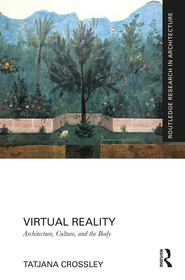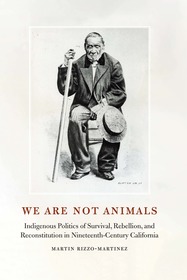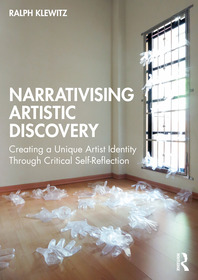
-
20% KEDVEZMÉNY?
- A kedvezmény csak az 'Értesítés a kedvenc témákról' hírlevelünk címzettjeinek rendeléseire érvényes.
- Kiadói listaár GBP 145.00
-
69 273 Ft (65 975 Ft + 5% áfa)
Az ár azért becsült, mert a rendelés pillanatában nem lehet pontosan tudni, hogy a beérkezéskor milyen lesz a forint árfolyama az adott termék eredeti devizájához képest. Ha a forint romlana, kissé többet, ha javulna, kissé kevesebbet kell majd fizetnie.
- Kedvezmény(ek) 20% (cc. 13 855 Ft off)
- Kedvezményes ár 55 419 Ft (52 780 Ft + 5% áfa)
Iratkozzon fel most és részesüljön kedvezőbb árainkból!
Feliratkozom
69 273 Ft

Beszerezhetőség
Becsült beszerzési idő: A Prosperónál jelenleg nincsen raktáron, de a kiadónál igen. Beszerzés kb. 3-5 hét..
A Prosperónál jelenleg nincsen raktáron.
Why don't you give exact delivery time?
A beszerzés időigényét az eddigi tapasztalatokra alapozva adjuk meg. Azért becsült, mert a terméket külföldről hozzuk be, így a kiadó kiszolgálásának pillanatnyi gyorsaságától is függ. A megadottnál gyorsabb és lassabb szállítás is elképzelhető, de mindent megteszünk, hogy Ön a lehető leghamarabb jusson hozzá a termékhez.
A termék adatai:
- Kiadás sorszáma 1
- Kiadó Routledge
- Megjelenés dátuma 2025. szeptember 30.
- ISBN 9781032733036
- Kötéstípus Keménykötés
- Terjedelem170 oldal
- Méret 234x156 mm
- Súly 470 g
- Nyelv angol
- Illusztrációk 31 Illustrations, black & white; 15 Halftones, black & white; 16 Line drawings, black & white 700
Kategóriák
Rövid leírás:
This book investigates how immersive environments, across architecture, art and media, shape spatial perception, cultural identity and the construction of reality. It offers a spatial-psychoanalytical reading of virtual reality, examining how architecture and representation engage with the body, sensorial experience and subjectivity.
Több
Hosszú leírás:
This book investigates how immersive environments, across architecture, art, and media, shape spatial perception, cultural identity, and the construction of reality. It offers a spatial-psychoanalytical reading of virtual reality (VR), examining how architecture and representation engage with the body, sensorial experience, and subjectivity.
Redefining VR as an experiential and spatial condition rather than simply a digital construct, the book traces its lineage from ancient fresco rooms to contemporary digital landscapes. Grounded in theoretical frameworks from psychoanalysis, phenomenology, and media theory, it explores how immersive environments function as extensions of the body and reflect a collective identity. Case studies, from Pompeii to the Metaverse, illustrate how architecture and representation shape our virtual experience. Rather than viewing VR as a new phenomenon, the book positions it as part of a longer trajectory in design and representation, shaped by evolving tools and technologies. It argues that the virtual spaces we create and the artifacts we choose to represent encode insights about identity, memory, and social conditions.
This book is written for theorists, practitioners, academics, and students of architecture, art, and design. It situates architectural practice within the unfolding discourse on virtuality, identity, and the cultural implications of space-making.
TöbbTartalomjegyzék:
List of Figures
Preface
Acknowledgments
Introduction
Part I
1. Framing the Body
2. Body Image
3. Immersion
Part II
4. From the Cave to the Digital Landscape
5. Tricking the Eye
6. The Spectacle
7. The Atmospheric
8. The Digital
9. Conclusion: Mediated Bodies, Designed Realities
Index
Több








